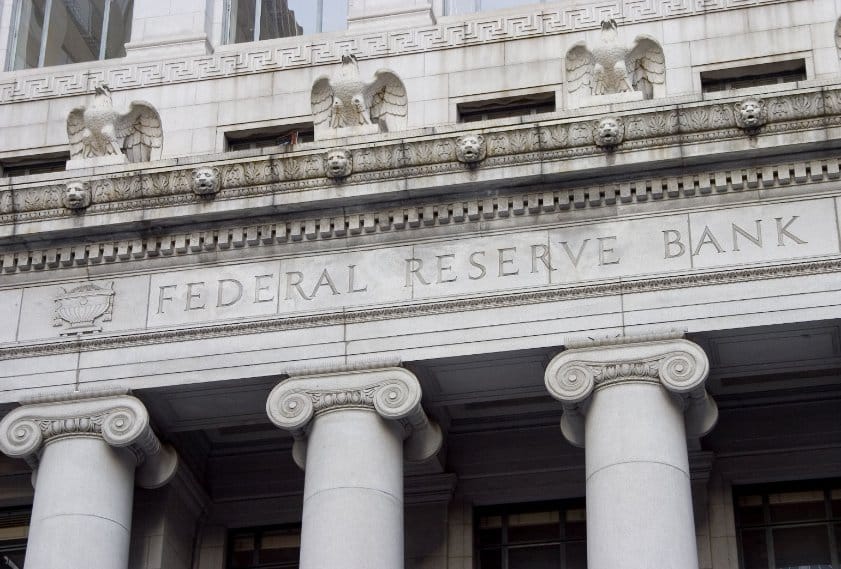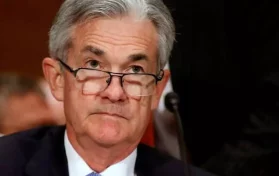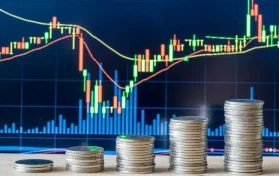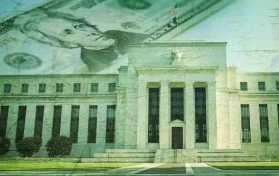
The Federal Reserve announced yet another sharp hike in the federal interest rate on Wednesday. The Fed raised its benchmark rate by 75 points, or by three-quarters of a percentage point. The benchmark federal funds rate is now between 2.25 percent and 2.5 percent. This marks the highest interest rate since before the pandemic began in 2020.
This is the second straight month in which the Fed has raised the rate by that amount, and it is the fourth consecutive rate hike in 2022.
The inflation rate for June was announced earlier this month, and it was 9.1 percent. This was up from 8.6 percent at the end of May, after the inflation rate fell to 8.3 percent at the end of April. The Federal Reserve had announced early in 2022 that interest rate hikes would be in order to try to tame inflation rates that had reached around seven percent in the first months of the year.
Those on the Federal Reserve Board also signaled that there will be more interest rate hikes to come. Although the Fed had hiked the rates by three-quarter percentage points in early July, the inflation rate was higher than expected. This created the need for hiking the interest rate by the same amount of points today.
Some have speculated that the Fed may eventually raise the interest rate by one full percentage point, or a 100-point basis.
Chairman Jerome Powell told the press that the Fed is “strongly committed to returning inflation to its two percent objective.” Powell also hinted that the next meeting of the Fed may also require a three-quarter percentage point in the near future but this decision “ultimately hinges on upcoming economic data.”
There has been great debate across the country since the White House seems to have preemptively posted a blog article critics say changes the definition of “recession.” The widely-accepted definition – the one that is typically found in economics textbooks – holds that a recession takes place after two consecutive quarters show negative economic growth. However, critics say the White House “spun” the definition ahead of expected negative reports on Q2 economic data.
The United States’ economy has experienced a tumultuous year where the economy is concerned. Last August, reports about supply chain issues became a major headline. Shortly after these issues became public, the inflation rate began to soar. By the end of quarter one, inflation had surpassed eight percent. Inflation rates typically don’t include the price of food and fuel, which have also seen skyrocketing prices in recent months.
Although the unemployment rate holds steady at 3.6 percent, other areas of the American economy are in dire straits. Wages are up, but the scorching inflation rate is eating away at any wage gains Americans are receiving. Mortgage rates have hit 5.54 percent, doubling in the last year. Some credit card companies have yanked interest rates to twenty percent. This is especially frightening when many Americans have resorted to using credit cards to pay for everyday expenses, such as groceries and gas.
This economic information presents conflicting information to financial experts. While unemployment numbers – and wage numbers – look good, many companies are announcing lay-offs and hiring freezes. Big tech is especially seeing these employment issues.
While Chairman Powell has said multiple times that the Fed is working to prevent a recession, Powell may not be able to navigate the “soft landing” that the Fed promised earlier this year. Powell told the press on Wednesday that the path to the soft landing had narrowed, and it may continue to do so.
Powell said, “We think it’s necessary to have growth slow down. We actually think we need a period of growth below potential in order to create some slack, so that the supply side can catch up.”
This remark may also be a way of softening the blow of the upcoming Q2 numbers, which are traditionally released in the first few days of August.





